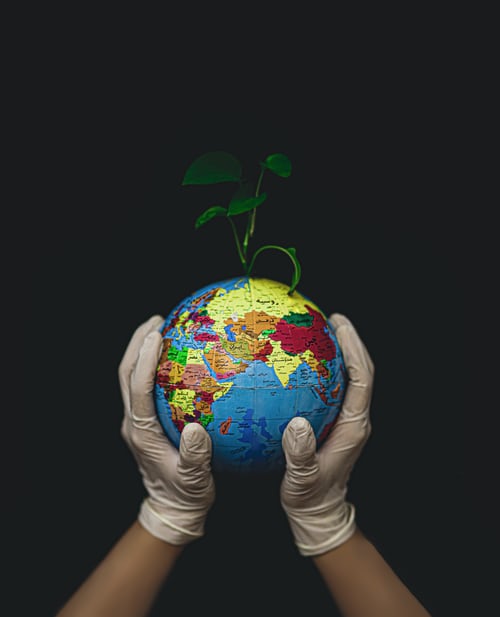This week was the 50th Anniversary of Earth Day. As a result, NASA launched “Earth Day at Home” programming and The Lego Group’s #LetsBuildTogether initiative. The Build a Planet one-day challenge was aimed at highlighting the space agency’s role in studying and preserving Earth while helping families to celebrate Earth Day and tackle climate change during the coronavirus pandemic.
On April 22, 1970, 20 million Americans in hundreds of cities protested environmental ignorance and demanded climate action as the future of our planet depended on us. It led to the formation of the EPA and environmental regulations in the United States, including the Clean Air, Clear Water and Endangered Species Acts.
Climate change represents the biggest challenge to the future of humanity and the life-support systems that make our world habitable. Every country in the world needs to step up with urgency and ambition. The Paris Agreement deals with greenhouse-gas-emissions mitigation, adaptation, and finance. Accumulation in the atmosphere of greenhouse gases, especially those resulting from humans burning fossil fuels, has been found to be the predominant cause of global warming and climate change.
This stay-at-home ‘experiment’ has shown that with less human involvement, we are doing a little less damage to the Earth. Some pollutants from coal and transportation are diminishing, while aerosol emissions from man made products are still prevalent. While we are seeing a reduction of 5% of emissions, the change is temporary and not quite enough as the international climate science community says we need a drop of 55% by 2030 to meet climate action goals.

Are there ways of making this change permanent without hurting the economy? One solution to reducing greenhouse emissions is by switching from fossil fuels to renewable energy, like wind and solar. The Renewable Energy and Jobs Annual Review 2019 estimates that there were approximately 11,000,000 direct and indirect jobs in the renewable energy sector across the world in 2018. Sustainability in product design is another aspect to consider when developing furniture, highlighted at last year’s NeoCon conference, or even packaging to minimize waste and energy consumption.
We can all do our part to adjust our habits to protect the environment, even while we are isolated at home. A pandemic or an economic crisis is not an ideal solution to the climate crisis. But humans are in control and we have the responsibility and ability to make changes. How will you reduce your carbon footprint?


